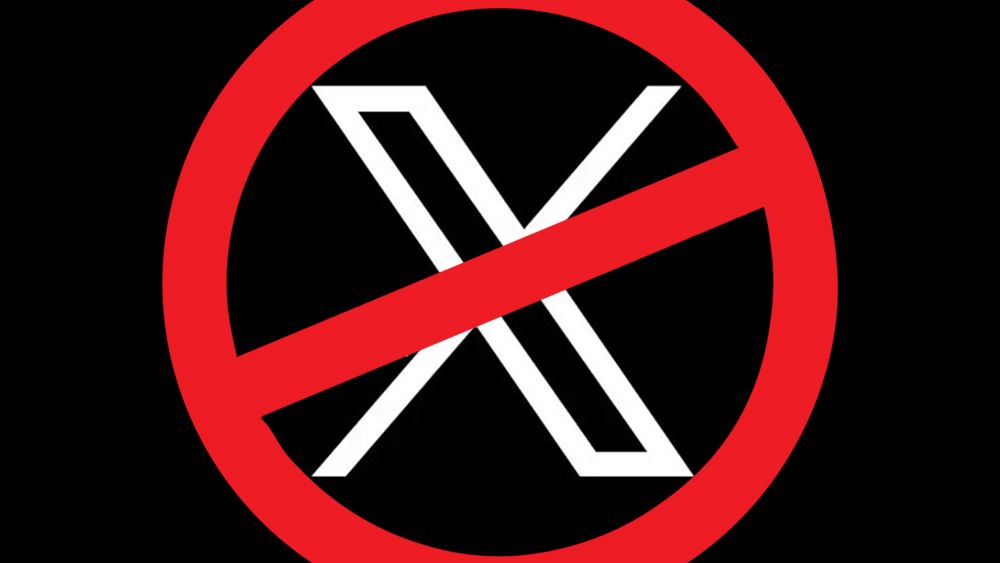If you’re thinking of leaving X, you’re not alone. Big brands have been pulling advertising from the platform ever since Elon Musk‘s Twitter rebrand began amid concerns about hate speech, conspiracy theories, far right extremism and fake news. Musk bagging a job in the US government has done little to stem the exodus, with The Guardian announcing that it will no longer post on the platform.
Creatives have also been leaving X, both because of the misinformation, poor moderation standards and numerous bots but also because of concerns over AI scraping their work since xAI began training Grok on content from the platform. If you still can’t bring yourself to say ‘X’ instead of ‘tweet’, it could be time to move, but where to?
Below, we suggest 10 X alternatives on which to share ideas, discuss your work and connect with other creatives. Also see our guide to the best social media platforms for artists and designers. And if you need to upgrade your phone for the optimum social media experience, see our pick of the best camera phones.
The best X alternatives (or Twitter alternatives)
01. Threads
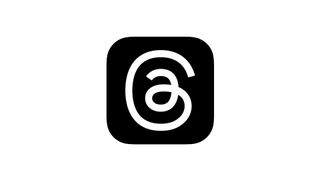
The most obvious X alternative is Instagram‘s Threads. Launched just weeks before the Twitter rebrand, it feels like a stripped-down Twitter and works in a similar way. You can post Threads of up to 500 characters, and you can include media in your posts and use tags and hashtags.
Threads functions in a stand-alone app but you need an Instagram account to use it, and you can also enter the app from a tab within Instagram. This integration gave the new platform a head start, leading to 100 million sign-ups in its first week. Of course, many of these sign-ups will be Instagram users creating an account merely out of curiosity to see what Threads looks like and how it works, probably including many people who didn’t use Twitter.
It seemed to take a while for people to take to the platform after the initial launch, but in 2024 it’s become viable X alternative. There are some frustrations. Like with Instagram, there’s a lot of replicated content from bot-like accounts, and lot of users trying to play the algorithm to gain reach. That said, it remains ad-free for the moment and has a lot going for it. It’s easy to use with a clean UI, and the Instagram integration, avoids the need to login and check yet another app. Let’s just hope Meta doesn’t follow its usual tendency of bloating its apps over time, complicating the UX.
02. Substack
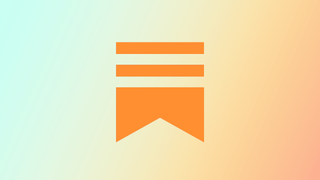
- Sign up to Substack
Substack is a little more tailored platform that will best suit creative writers. According to the Substack website, the platform “Makes it simple to start a publication that makes money from subscriptions”. On the surface, Substack is an email newsletter platform, but actually, it’s so much more than that with its option for users to blog and podcast too.
Substack offers loads of tips, support and guidance for both writers and readers. It specifically targets bloggers, podcasters, finance writers, food writers, comic creators and local news writers on its website, meaning that whatever you want to talk about, Substack has your back.
The nice thing about Substack is that because it’s a newsletter platform, the work you create will go straight to your followers via email, meaning that it won’t get lost in the curfuffle of a timeline (like on Twitter). Not to mention the fact that it’s a free platform that also has the potential for users to earn money via subscribers – bonus!
03. Bluesky Social
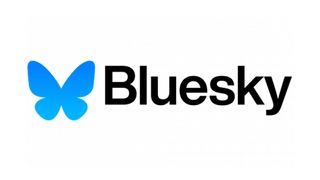
- Sign up for BlueSky
Bluesky Social is often touted as the new Twitter, and people have been flocking to the social media app since Elon Musk took over Twitter. It’s hit the number 1 position in the Apple App store several times and, as of November 2024, had 15 million users. It even has a familiar blue brand colour and a friendly winged logo – Larry the bird reincarnated, if you will.
Bluesky actually began as part of Twitter in 2019 as a project to build an open social protocol on which multiple social media apps can work. It was spun off and hired its own staff in 2021. Twitter co-founder Jack Dorsey is on the board of directors. Access used to be available by invite only, but in early 2024, the platform opened to everyone, so joining is now much easier and quicker. The platform is available on the web and mobile via iOS and Android apps.
04. Mastodon
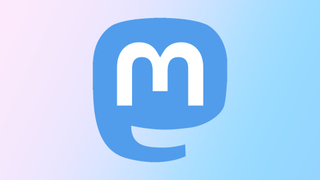
- Sign up to Mastodon
Mastodon is both similar and very different as a Twitter alternative. It follows the same format of ‘micro-blogging’, but it has adaptable policies called ‘Mastadon Instances’. It’s a federation that allows users to communicate between independent Mastodon instances, each of which has its own code of conduct, terms of service and privacy options.
When you first sign up to the platform, you’re asked several questions about what you would care about appearing on your feed, allowing the ability to prevent NSFW, spam, links to illegal content etc. Depending on your answers, you can then join an ‘Instance’ tailored to your content preferences.
With each server having its own moderator and rules, there’s more chance that what you see in your feed matches your interests. While it could be argued that this risks creating bubbles or silos where people become oblivious to the rest of the world, it can be an excellent respite. If you’re a creative looking to share your projects and network, then make sure you make your way over to some of the more creative instances.
A lot of people love Mastodon, but it hasn’t achieved mass appeal. The open-source project is maintained by the German non-profit Mastodon GmbH and has no ads or monetised features.
05. Cara
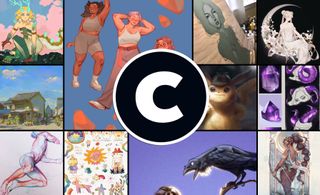
- Join Cara
Cara is most often described as an Instagram alternative rather than an X alternative, but its focus on visuals makes it another interesting option for artists, particularly because of its no-AI policy. The platform aims to remove AI-generated content when it’s detected (it uses a third-party service to identify such content), and it also promises not to use images on the platform to train AI models. . It’s also working on a Glaze integration directly in the app to provide users with a easy way to protect their work before posting.
Cara is available for Android, iOS and as a website and is free to use. It doesn’t support video uploads directly, but you can embed video and Sketchfab links, and it does support GIFs – animated GIFs can be displayed directly as covers, which is making the app popular with animators. See our article what is Cara app? to learn more.
06. Instagram
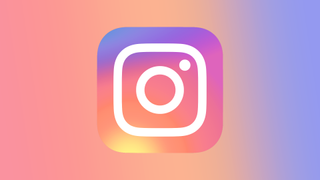
- Sign up to Instagram
The likelihood is that you’re already familiar with Instagram. The visual-oriented social media platform owned by Facebook-owner Meta launched in 2010 and now has it now has well over 2 billion users. It allows images and videos to be posted to a personal feed or as Stories, which last 24 hours.
It’s a far more visual alternative to X/Twitter, which makes it a great platform for artists to share their work. Even if you choose not to share your work on the Gram, there are many accounts to follow for inspiration (why not start with the Creative Bloq Instagram?). The downside is that today there are a lot more adverts than there used to be and constant algorithm changes have made it very difficult to gain organic reach. Many users find that their posts are no longer seen even by many of their close friends.
We’ve written several guides on how to navigate your way around the app, including how to use Instagram Reels, how to download Instagram photos and how to change your Instagram font.
07. TikTok
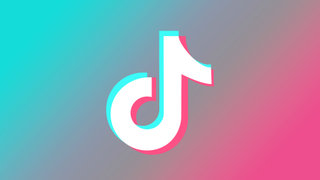
- Sign up to TikTok
If you haven’t already heard, TikTok is kind of popular. It’s responsible for many trends that filter down to the likes of Twitter and Instagram. With over a billion users, the app is swarming with creatives, and because of its unique algorithm, there’s a chance you could even have your work go viral.
Many artists use the platform to take part in creative trends (you can catch up on some of the best over on our guide of the best TikTok trends for creatives), share their work and even create videos outlining their creative process. Whether you’re a graphic designer, potter, calligrapher, photographer, musician or videographer, you’ll fit right in over on TikTok.
08. Pinterest
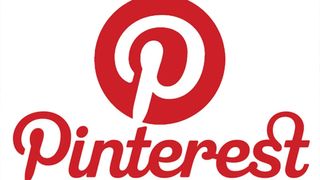
- Sign up for Pinterest
Another potential Twitter alternative to consider is Pinterest. It works in a very different way to most other social media platforms, since posts are based on existing URLs, pulling in content posted elsewhere on the internet. The idea is to replicate the idea of a pin board where you can save ideas for inspiration.
The most common use of Pinterest among creatives is for saving ideas for future reference rather than for engaging in conversations or sharing work, but the ability to create boards means that you can use it to share your work, and the platform has a range of analytics tools for businesses.
09. Vero
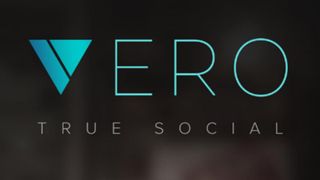
Vero is billed more as an Instagram alternative than a Twitter alternative, but it’s another interesting option for creatives, particularly photographers and videographers. With the tagline ‘true social’, its appeal is its rejection of ads and algorithms – two factors that have been making it more difficult for creatives to gain organic reach on Instagram as users’ feeds are increasingly saturated with irrelevant or sponsored content. It also says its aim is to create a genuine community and not to be “addictive” like other social media platforms.
Vero looks great and it has a strong emphasis on visual content, hence its popularity with photographers. There’s more flexibility for the size of images you can upload and images look much better than on Instagram. It might initially feel difficult to find content you’re interested in because there’s no feed as such, and you can’t follow hashtags. However, you can follow users and you can search for hashtags.
The search page highlights featured photographers and you can pitch stories to be featured. You can also make recommendation posts for music, films, books, video games and more. Vero continues to say that founding members will have free lifelong membership but that it may at some point introduce a charge for new members. It doesn’t provide numbers on users, but it’s been estimated that there are between 3 and 5 million, making it a relatively small community.
10. Counter Social
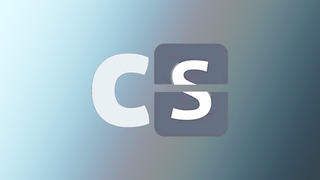
- Sign up to Counter Social
Counter Social is a no-nonsense alternative to Twitter. The platform follows a similar format in the sense that you can share 500-character posts, but the app claims to have no ads, bots, internet trolls or “foreign influence ops”. That promise is proving to be pretty popular, although there have been some criticisms of a lack of moderation.
The platform has many interesting features like Counter Share, Emergency Radio Traffic meaning that you can tap into radio frequencies, and CoSocial conferencing where users can have private conferences online (much like Zoom). But for the creatives, the feature that will probably come most in handy (aside from the app’s ability to share media), is the COSO groups. These are communities you can join or build based on your tastes and preferences. These can be places to for creatives to network and share work, opportunities and even hacks.
For more tips on how to use social media as a creative, see our guides to how to sell on Instagram and the best places to sell art online.
